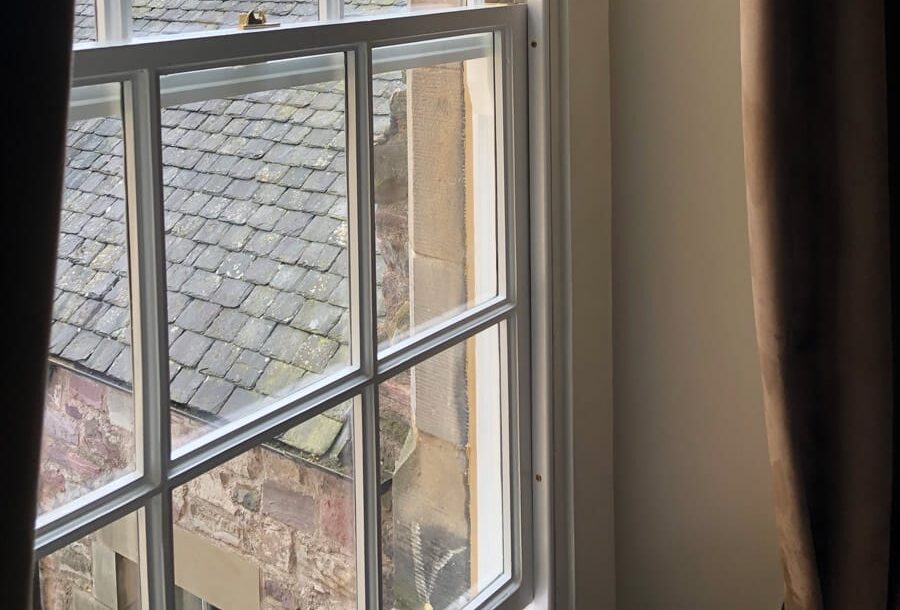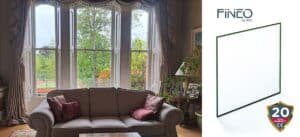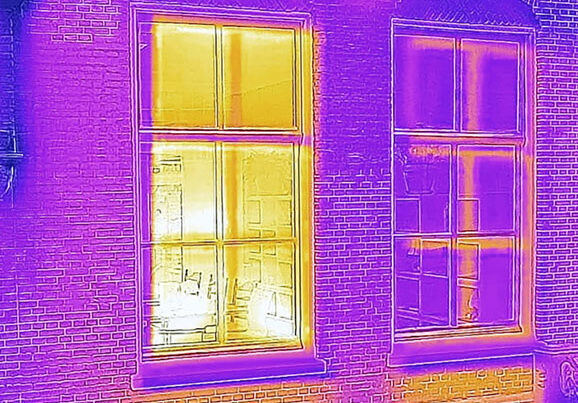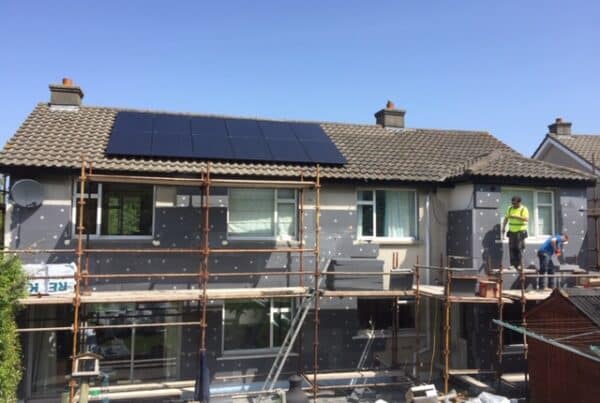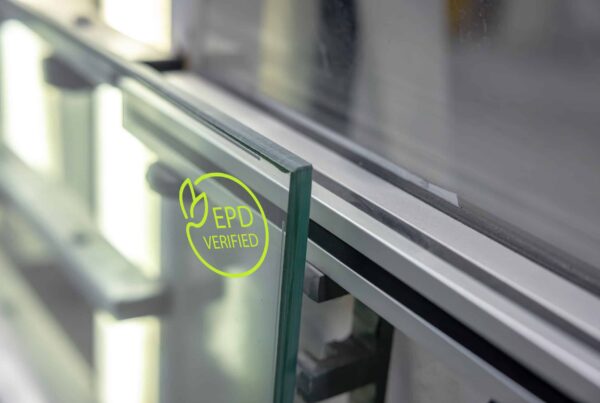Heritage window maintenance – A Guide for Heritage Property Owners
Windows typically last between 20 to 35 years in the UK, though this varies significantly based on material quality, installation standards, and environmental factors. For owners of heritage properties, particularly in urban areas such as London, Bath, and Edinburgh, understanding heritage window maintenance is crucial when making investment decisions that affect comfort, energy efficiency, and property value.
If you’re managing a listed building or a period home and want to maximise your window investment, this guide reveals what truly determines double glazing lifespan and introduces advanced alternatives that can deliver modern triple-glazing thermal performance while preserving authentic aesthetics.
What Factors Determine How Long Double Glazed Windows Last?
The lifespan of your double glazing depends on several interconnected factors. In heritage properties, the choice is often between retaining existing single-glazed timber frames or upgrading with high-performance alternatives like Fineo vacuum glazing — which allows you to change the pane, not the frame.
Properly maintained timber frames can exceed 50 years, with some historical installations lasting a century or more. Replacing only the glass avoids the need for full frame replacement, preserves original joinery, and significantly boosts energy efficiency.
Environmental factors also create variations in longevity. Urban heritage areas may avoid some coastal salt spray damage but face increased air pollution, which can impact seals and finishes. In northern regions with freeze-thaw cycles, even high-quality glazing can see reduced lifespan without proper maintenance.
Why Do Double Glazed Units Fail Prematurely?
Heritage properties often require glazing that integrates seamlessly into original timber frames without compromising aesthetics. Traditional double glazing may fail prematurely due to seal degradation, moisture ingress, or thermal stress — particularly when slimline units are used to replicate single-glazed appearances but sacrifice longevity.
Slimline double glazing, while visually sympathetic, often has reduced sealant depth, which accelerates gas escape and misting — sometimes after just 5–7 years. This is a key weakness compared to advanced vacuum glazing, which has no gas-filled cavity and therefore avoids the primary cause of seal failure.
How Can You Maximise the Lifespan of Your Glazing?
For period and listed buildings, the most effective approach is to keep the original frames and upgrade the glass. This “change the pane, not the frame” method maintains architectural integrity while providing modern comfort and efficiency.
Routine maintenance is still essential:
- Bi-annual seal inspections – identify and fix problems early.
- Frame care – clean timber frames regularly and re-seal every five years to prevent moisture ingress.
- Condensation management – deal with internal condensation promptly to protect frames and seals.
The Real Costs of Window Failure in Heritage Properties
For heritage homes and offices, especially in urban areas, single-glazed timber windows often contribute to substantial heat loss. Failed glazing compounds this problem, raising heating bills by hundreds of pounds a year.
Upgrading to a high-performance option like Fineo vacuum glazing can reduce heat loss by 30–40%, delivering annual energy savings that quickly offset the higher upfront cost. Over the long term, avoiding repeated replacements makes this far more cost-effective than traditional slimline double glazing.
How Do UK Building Regulations Affect Heritage Window Upgrades?
Building regulations require windows to meet strict thermal efficiency standards (U-values below 1.6 W/m²K), which older glazing rarely achieves. For conservation areas, this presents a challenge — standard double glazing often looks out of place, while slimline alternatives can have short lifespans.
Fineo’s 7.7mm profile delivers a U-value of 0.7 W/m²K — matching triple glazing performance — while fitting into existing frames, making it an ideal regulatory and aesthetic solution.
Revolutionary Alternatives That Extend Window Lifespan
Vacuum insulated glazing (VIG) is redefining what’s possible for heritage properties. Fineo, for example, offers:
- Comfort – triple-glazing thermal efficiency while keeping your original frames.
- Durability – an expected lifespan of 60+ years.
- Savings – significant reductions in heating bills year after year.
The absence of gas-filled cavities means no thermal pumping, no progressive seal failure, and no loss of insulation over time.
Frequently Asked Questions About Heritage window maintenance
Can double glazed windows last 30 years or more?
Yes — especially with quality timber frames and advanced glazing technologies like vacuum glazing, which can last 60+ years.
Why do my double glazed windows steam up after only 10 years?
Seal failure, often caused by poor installation or reduced sealant depth in slimline units.
Is it worth replacing 20-year-old glazing that still looks fine?
Yes, older units likely underperform thermally, adding to the cost of heating bills.
How can I tell if my double glazing seals have failed without visible condensation?
Check for draughts, cold spots, or use thermal imaging.
What’s the most cost-effective solution for listed building windows?
Fineo vacuum glazing — long lifespan, high efficiency, and compatibility with existing frames.
Making the Right Decision for Your Property’s Future
Heritage property owners no longer have to choose between authenticity and efficiency. Fineo vacuum glazing delivers the best of both worlds — matching triple glazing for warmth and energy savings while preserving original timber frames.
If your home or office is in London, Bath, Edinburgh, or any heritage location, upgrading your glazing could cut heating bills dramatically, improve comfort, and protect your property’s value for decades to come.

